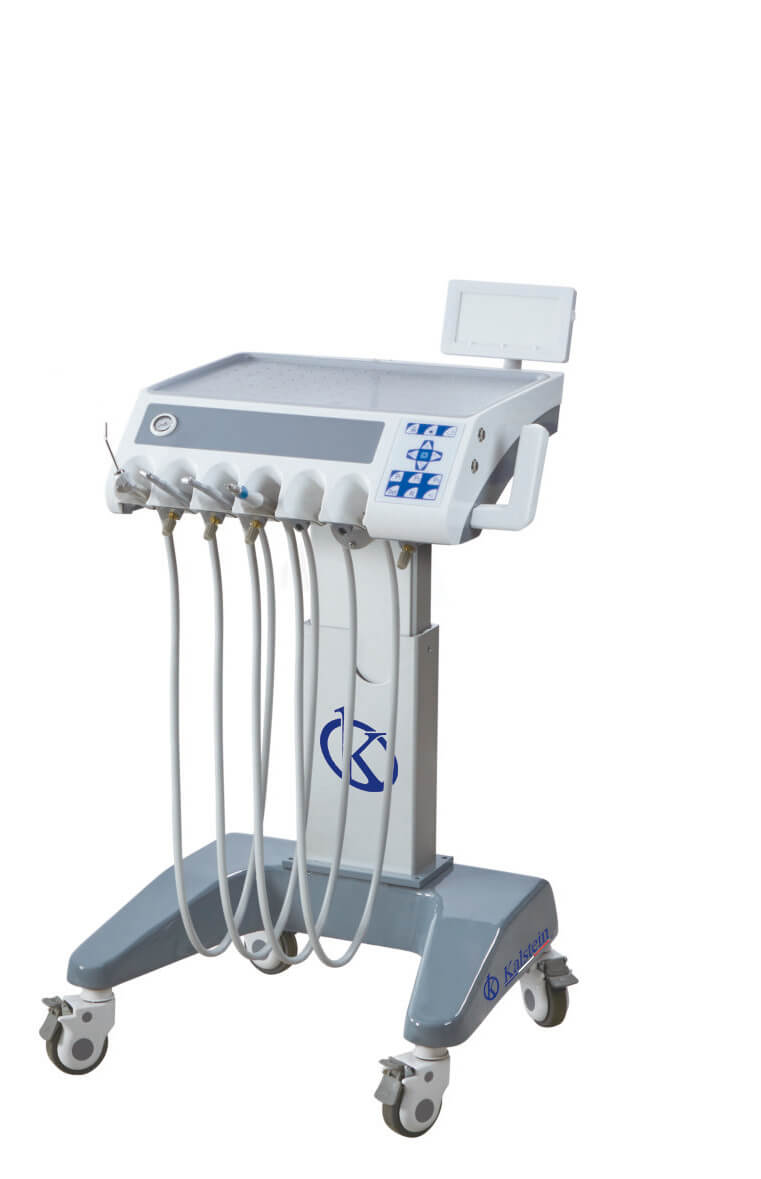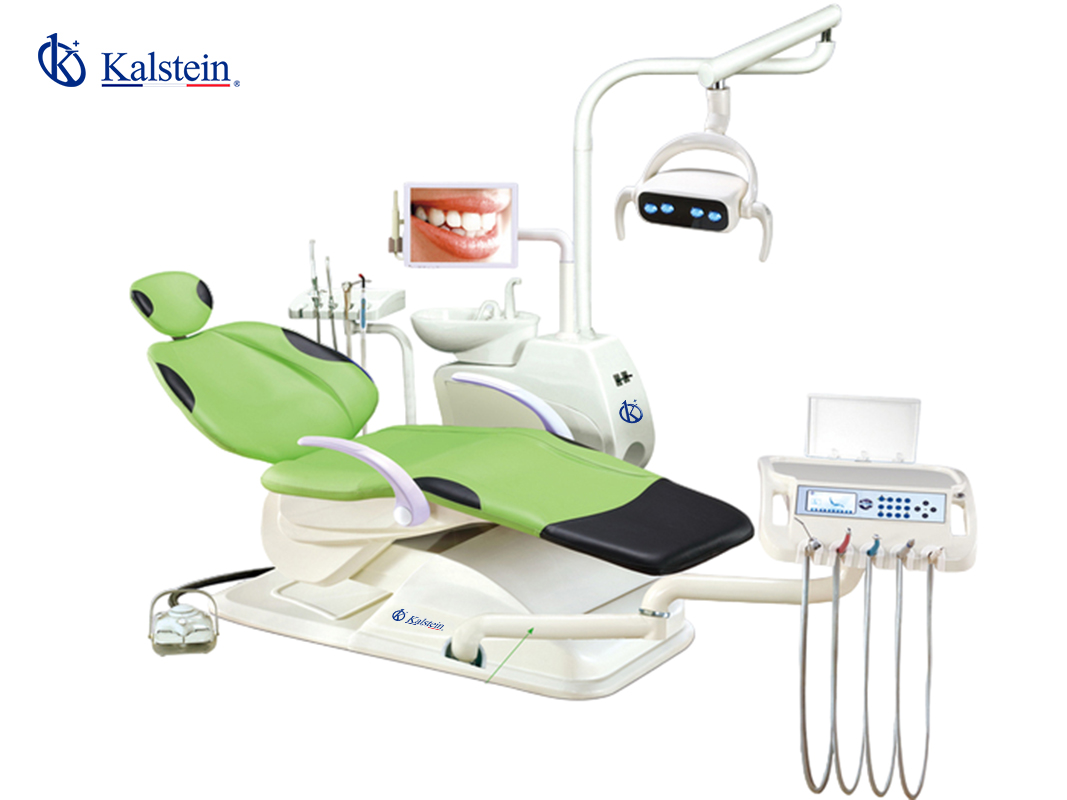The ultrasonic cleaner is indispensable in ophthalmological practice, due to its proven efficacy in cleaning the instruments used in this discipline. The cleaning of instrumentation for ophthalmologic procedures should be a safe process, allowing the removal of all inorganic or organic residues, or any other contaminant, from the surface of the instruments prior to sterilization. Ophthalmic surgical instruments that are improperly sanitized can cause surgical infections, such as anterior segment toxicity syndrome.
As the complexity of surgical procedures and instruments used increases, the risk of infections for patients is amplified. In addition, in some procedures, some substances are used that may be difficult to remove during cleaning. For example, the use of silicone oil in vitreoretinal operations. This synthetic polymer is one of the most common contaminants in ophthalmic surgical instruments.
This silicone oil, due to its low surface tension, spreads on the metal surface of the instruments and forms a protective layer or film on blood and other organic debris, making it difficult to remove residual contaminants. Often, nurses or technicians in charge of instrument cleaning report that, although they devote extra effort and time to cleaning instruments contaminated with silicone oil, the effectiveness of the cleaning is often inadequate.
If the cleaning procedure is ineffective, the remaining inorganic and organic materials prevent the disinfection products from making contact with the instrument surface, which hinders its disinfection and sterilization. On the other hand, if contaminated instruments are dried before cleaning, the biofilm formed by the microorganisms offers resistance to antibiotics, disinfectants and sterilization agents. This results in the need to use direct mechanical friction or chemicals to remove the biofilm.
Particular considerations on the procedures and instrumentation used in ophthalmology.
In the ophthalmic sector there are some conditions that require different attention than in other medical disciplines. On the one hand, some interventions, for example cataracts, are shorter than many general surgical procedures and often, the number of daily surgeries is higher.
Another aspect to consider is that intraocular surgical instruments are among the smallest compared to instruments used in other disciplines. In addition, they do not become heavily soiled by tissue or bacterial contamination.
On the other hand, the amount of detergent or chemical contaminant that would be well tolerated in other body cavities may cause severe intraocular inflammation if introduced into the eye. These considerations may differentiate optimal cleaning and sterilization procedures for ophthalmic instrumentation from those required in other disciplines.
Advantages of using an ultrasonic cleaner
An ultrasonic cleaner is a cleaning equipment that, through ultrasound and with the use of special solutions, allows the sanitization of ophthalmic instrumentation. This device can remove residues in an efficient way. However, it requires an appropriate solution for the type of instrument and the residue to be removed.
The high-frequency waves emitted in the cleaning solution generate a phenomenon known as cavitation, which consists of the formation of small bubbles that, when imploding, release energy that, through a micro-sweep, can release the residues adhered to the instruments.
This equipment is of great help in cases of ophthalmic instruments that are difficult to clean, for example, those with hinges or plungers that become clogged due to the presence of residues that cannot be removed by other cleaning methods.
Ultrasonic cleaning for ophthalmic instrumentation
The professional groups responsible for writing the main guidelines for cleaning and sterilization of instruments used in ophthalmic surgery recommend the following:
- Before placing the instruments in the ultrasonic cleaner, visible residues should be removed manually as soon as possible after use of the instrument. Residues should be prevented from drying on the instrument.
- Once the instruments have completed the sanitizing cycle in the ultrasonic cleaner, they should be rinsed with sufficient water to completely remove the cleaning solution.
- It is preferable that the ultrasonic cleaner be used only for ophthalmic instruments. If there is no other alternative and the ultrasonic unit is used for other types of surgical instruments, it should be carefully emptied, cleaned and rinsed before being used with ophthalmic instruments to avoid cross-contamination.
- At least once a day, ultrasonic cleaners should be emptied, cleaned, disinfected, rinsed and dried according to the manufacturer’s recommendations.
Kalstein ultrasonic cleaners
A wide range of YR series ultrasonic cleaners is offered, from which you can choose the most suitable one for cleaning ophthalmic instruments. These products offer improved cleaning performance and minimum noise level, high energy conversion efficiency and long service life. For more information on Kalstein ultrasonic cleaners, please visit HERE.
We are manufacturers, so at Kalstein you can purchase ultrasonic cleaners at advantageous prices. For more detailed information, please visit HERE.




